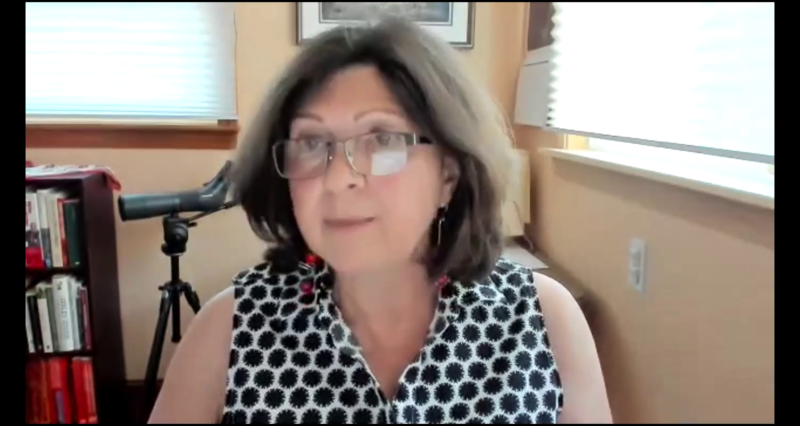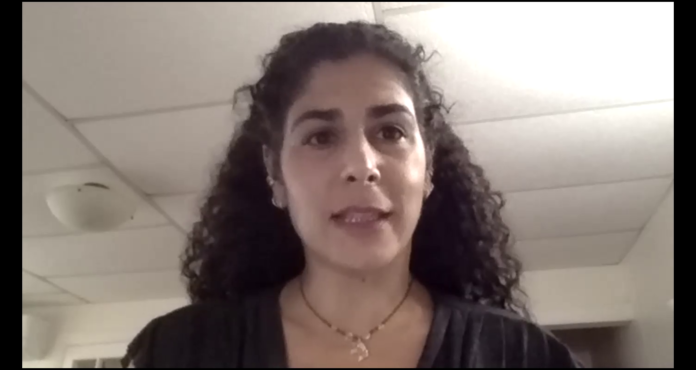CAMBRIDGE, Mass. — Dr. Lorky Libaridian spoke on “Cambridge and Yerevan through Covid-19” via Zoom at the annual Cambridge Yerevan Sister City Association (CYSCA) membership meeting on June 10.
This was the second annual meeting of the organization conducted virtually due to Covid-19, making the topic more than fitting.

Libaridian was introduced by Roxanne Etmekjian, CYSCA president. Libaridian graduated Yale School of Medicine, and completed a combined residency in internal medicine and pediatrics at the University of Rochester (NY). She works at the Cambridge Health Alliance and is medical director for Performance Improvement in Primary Care. Her work and research include improving chronic disease management and pediatric well care and vaccination. She is an instructor in medicine at Harvard Medical School and has been involved with Armenia for several decades. There, her focus is on education and training of family medicine residents and primary care physicians but this past year, it shifted to health care worker training related to Covid-19 and public health and mental health initiatives related to the events of the past year.
Libaridian began by noting that she grew up and still lives in Cambridge, while she considers Yerevan home as well, and declared that as part of her comparison of the two cities, she would be “highlighting the shared humanity that this pandemic has brought out and the reality of being human in this pandemic.” Her talk was accompanied by illustrations and charts.
She provided basic statistical information, such as that Yerevan, with a 98 percent Armenian population of about one million and 26 percent living below the poverty line as defined there, has almost ten times the population of Cambridge, with a multicultural population almost 13 percent below the local poverty line. She compared the surges in Covid infections and concluded that with a total of 123 deaths in Cambridge and 4,463 in Armenia from Covid in total, there were significantly more deaths per capita in Armenia than in Cambridge.
Reactions to Covid in Cambridge and Armenia








